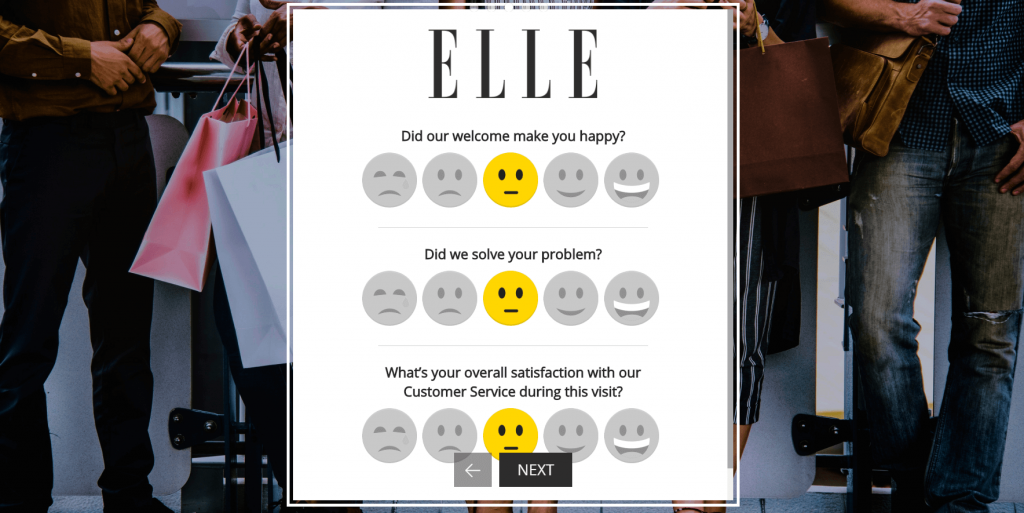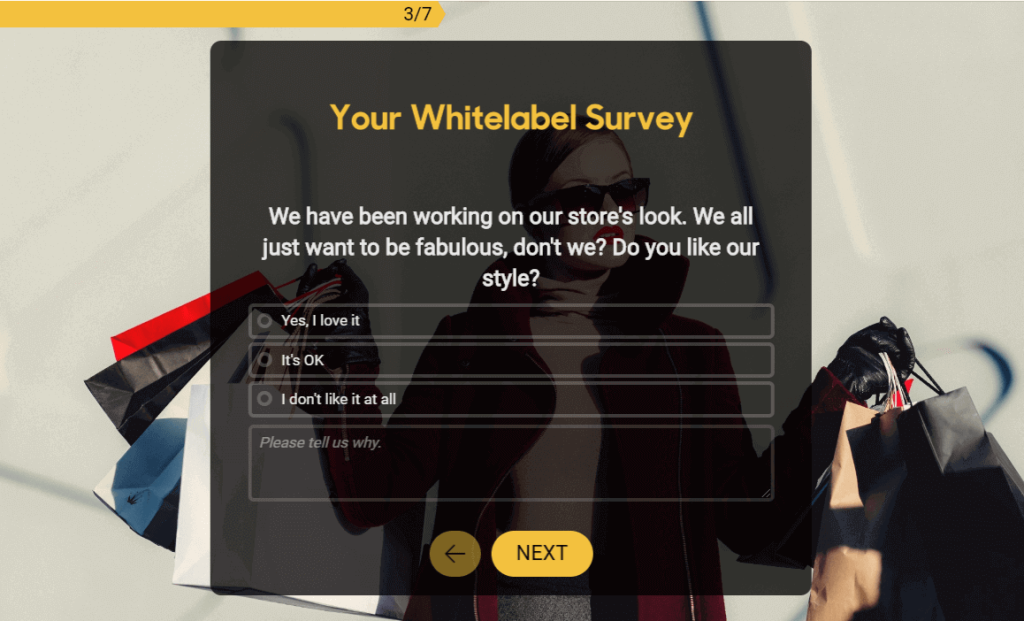When you want to get the best information from your surveys, you need to remove all the unhelpful responses. However, you might not know what to remove from your results. This is a very important process that will allow you to receive quality data to steer your business plan. You can streamline your review process, and you can filter out unhelpful responses by adjusting your survey questions. Use the information below to learn how to make your surveys more impactful and less frustrating.
1. Use software to create your reports
You can use software to create reports from your surveys. The software can be used to compile answers, and the software can be programmed to remove certain answers from your data. The tips below can be used when you want to remove data from each report.
In some cases, you can write better questions that prevent any ridiculous responses. However, there are other cases when you should use software to trim the results you get because your questions cannot be simpler than they already are.
2. Remove responses from people who “straightline” their answers
You should remove any user who “straightlines” all their answers. You cannot get good data from surveys where you got the same answer for every question.
Yes, some people are very happy with what you do, or they might be very displeased. However, people who “straightline” their answers are not thinking rationally about the questions. These results need to be removed so that you can get an honest opinion from the people who took your surveys.

3. Remove responses from people who take the surveys too fast
You should “weed out” anyone who took the surveys too fast. People who take the surveys too fast will not give you the honest answers that you need. Additionally, these people are likely not reading the questions.
You might get honest answers from these users, but they might have given you an answer to a different question. This is especially common when your surveys are very long and do not have gaps in the text. Someone who is trying to take the test in a few short minutes cannot possibly line up all the questions with the answers they need to choose. For example, you may have a survey that is estimated to take 15 minutes. If you have surveys completed in 2 minutes it is clear that they did not take the time to fully read, understand, and respond to the question.
This brings us to the point of finding a survey with the “perfect length.” This may be a little difficult, but over time you should try and find that sweet spot. You do not want surveys that last 30 minutes because a lot of people will become tired of this, but maybe you need a lot of information to be answered. Try and find a good balance between time and information so that you don’t overwhelm your audience.
Also, you should not time the user. Create surveys that you believe are easy to complete. Let the program time each person without showing them a clock. Also, try to use a percentage scale or bar on the page that shows users how far they have gotten. Many people get frustrated and quit when they think your surveys will never end.
4. Stick to yes or no questions
Yes or no questions are a good way to streamline your surveys. You may need to rewrite some of the questions to make the format simpler, but you can get better results this way. You can easily read reports that show yes or no answers for entire surveys. For example you may want to ask, “What’re the reasons why you would recommend our service to a friend or family member?” But try and replace this with, “would you recommend our service to a family or friend?” This is a slight change, but this will allow for people to give you more accurate feedback and not shy away due to an open ended question.
You can learn what people like and dislike. Plus, you can get immediate answers to each question. Someone who is only asked to answer yes or no will give you a visceral answer if they truly like or dislike something.
You can make your surveys a bit more complex if you use the “neutral” or “no opinion” response in your surveys. Your users only have three answers to choose from, and some people might not have an opinion about certain things on the survey. You can avoid getting faulty data when people can simply avoid answering certain questions. This means that people with real experience in that area are the only ones answering.
5. What is the context of each question?
You need to consider the context of each question you ask. You need to think about why you are asking, whom you are asking, and what situation the user is in. When you are asking customers about a recent experience, you need to ask them about things that could have happened when they were working with your company.
If you ask the user implausible questions, they will become frustrated with your surveys. You can even set the stage by creating surveys that help narrow down the questions your users will answer.
This is especially important when asking for customer feedback on a certain product. There will be 3 types of respondents. There will be the people that love your product, the ones that hated it, and the ones that neither hate nor love the product. It would be inefficient to ask all 3 customers the same questions. The customers that are unsatisfied should be led down a specific question path that will allow you to see why they are upset and what you can do to solve it, whereas the happy customers should be led down a different question path that will allow them to show you what you have down well. If you do this, you will receive more accurate feedback.
For example, you can create surveys that ask for basic information. You can ask the user when they last shopped with you, or you can ask them if they plan on shopping with your company. You would ask these users different types of questions, and the surveys can give each person the appropriate questions for their situation. This may be a little difficult at first. Be sure to get the appropriate writing skills that you need to get your message across.
6. Put yourself in the user’s shoes
You should put yourself in the user’s shoes so that you are not trying to advertise your company. For example, you do not want to ask, “because we at X Company pride ourselves on offering the best customer service ever, we want to know about your experience.”
Anyone who is angry or had a bad experience with your company will likely write a tirade about how awful your company is. In fact, these people might be chomping at the bit to write profanity after profanity detailing how horrible your company is. If you simply ask, “how did we do,” the customer will be disarmed because they can tell you what really happened.

If you are asking questions about product quality or the selection that you offer, you should not try to sell yourself in the questions. You can ask the customers basic questions that, as mentioned above, have a yes or no answer. “Did you enjoy the selection?” “Did you find what you were looking for?” You want your customers to feel like they are talking to a neutral third-party.
7. Remove any unreasonable feedback
You can use your software to remove any unreasonable feedback. You can set up the program to remove any feedback that has profanity or crude language. You can use the software to remove any responses that use all capital letters, and you can remove responses that go over a certain word count.
There comes a point when someone’s free response is so long that you should not read it in the first place. Also, you might want to put a word or character limit on free-response sections of your surveys. When your users only have so many words to use, they will include only the most important information. Plus, you can read through these results quickly.
8. Check your response rate
You should check the response rate for each new set of questions. You know how many people got the surveys, and you know how many surveys you received. You can easily determine how many people wanted to take your surveys in the first place. If your response rate is very high, your questions are likely very good. If your response rate is very low, the questions are confusing, the survey is too long, or the format is hard to understand.

Conclusion
Creating surveys for your company is a good way to learn what customers like most about your business. However, you must create good surveys that help you get the best possible answers. Your company should try to “weed out” as much bad information as possible using the tips above. You can rewrite your surveys, or you can streamline the process for your users. You can write questions that only use yes or no answers, and you can use software to create a report based on each survey. Now that you have quality data, you can make substantive changes to your business plan.


